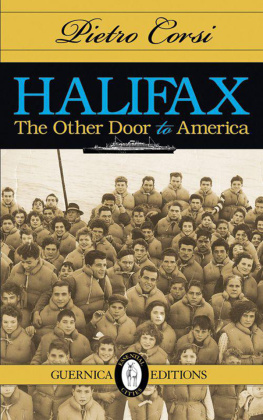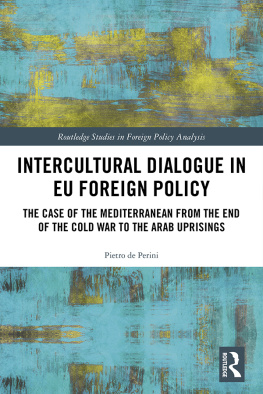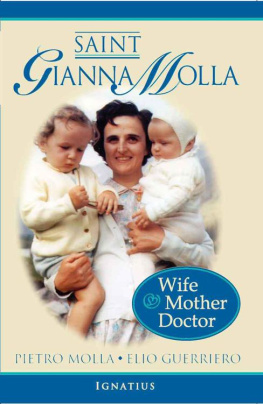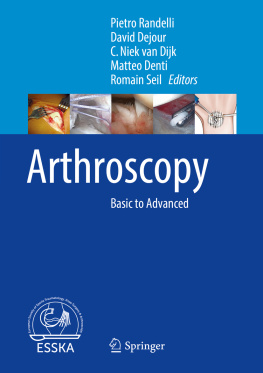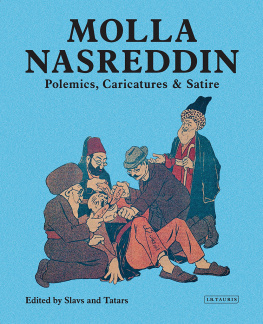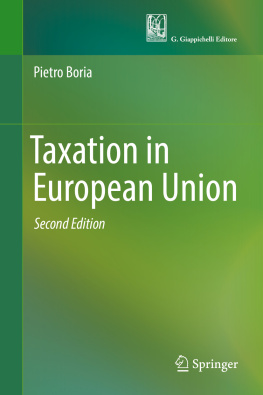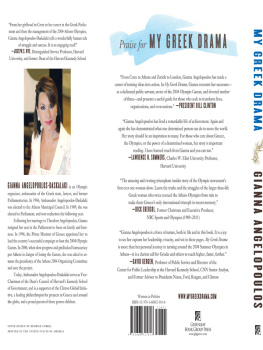
Library of Congress Cataloging-in-Publication Data
Beretta Molla, Gianna, Saint, 1922-1962.
[Lettere. English]
The journey of our love : the letters of Saint Gianna Beretta and Pietro Molla / Gianna Beretta and Pietro Molla ; edited by Elio Guerriero.
pages cm
ISBN 978-0-8198-4565-8 -- ISBN 0-8198-4565-5
1. Beretta Molla, Gianna, Saint, 1922-1962--Correspondence. 2. Christian saints--Italy--Correspondence. 3. Molla, Pietro, 1912---Correspondence. I. Molla, Pietro, 1912- II. Guerriero, Elio, editor of compilation. III. Title.
BX4700.B42A4 2014
282.092--dc23
[B]
2013029412
Originally published by Edizioni San Paolo Milan in Italian as Lettere: A cura di Elio Guerriero copyright by Edizioni San Paolo s.r.l.Cinisello Balsamo (MI). Editor: Elio Guerriero. Authors: Gianna Beretta Molla and Pietro Molla.
Translated by Ann Brown
Many manufacturers and sellers distinguish their products through the use of trademarks. Any trademarked designations that appear in this book are used in good faith but are not authorized by, associated with, or sponsored by the trademark owners.
Unless otherwise noted the scripture quotations contained herein are from the New Revised Standard Version Bible: Catholic Edition, copyright 1989, 1993, Division of Christian Education of the National Council of the Churches of Christ in the United States of America. Used by permission. All rights reserved.
Excerpts from the Encyclical Letter of the Supreme Pontiff Benedict XVI Charity in Truth, Caritas in Veritate copyright 2009 by Libreria Editrice Vaticana. All rights reserved. Used with permission.
Cover design by Rosana Usselmann
Cover photo: Archives of Pietro Molla
Photos: Archives of Pietro Molla
All rights reserved. No part of this book may be reproduced or transmitted in any form or by any means, electronic or mechanical, including photocopying, recording, or by any information storage and retrieval system, without permission in writing from the publisher.
P and PAULINE are registered trademarks of the Daughters of St. Paul.
Copyright 2014, Daughters of St. Paul
Published by Pauline Books & Media, 50 Saint Pauls Avenue, Boston, MA 02130-3491
Printed in the U.S.A.
www.pauline.org
Pauline Books & Media is the publishing house of the Daughters of St. Paul, an international congregation of women religious serving the Church with the communications media.
1 2 3 4 5 6 7 8 9 | 18 17 16 15 14 |
Contents
Presentation
By Cardinal Angelo Scola
T he letters exchanged between Saint Gianna and her husband, Pietro Molla, stand as evidence of a family life developed with original spiritual intensity in the fertile soil of the Ambrosian Church. Since childhood the future spouses had participated in Catholic Action. Between the two wars, while they were still relatively young, they had been members of FUCI, the Italian Catholic Federation of University Students. In the postwar reconstruction years, this group remained a guiding light to both of them. The members were involved in politics as leaders in the Catholic party, and as such they helped lead their homeland into a new future.
Around the time Gianna and Pietro got to know each other and then married in 1955, Giovanni Battista Montini was appointed the new archbishop of Milan. Once he arrived in Milan, Montini, a pastor with great diplomatic and political experience, energetically began his episcopal ministry in the large diocese. He preached on feast days, promoted liturgical education, and cared for Catholic associations. Very quickly, however, he saw how the developing industrial situation eluded these concerns. He launched the famous Milan Mission, a renewed effort to proclaim the Christian messagesomething that today we would call an effort to bring the new evangelization to the workplace. In the following years, as a new pope was elected and the start of the Second Vatican Council was announced, he tried to prepare his diocese adequately for this great ecclesial event.
Gianna and Pietro responded enthusiastically to the pleas of their archbishop. Saint Gianna, a pediatrician by profession, put into practice the charity she had been taught in her family and had learned through her active participation in the life of the Church. Mr. Molla, an engineer, was already an industrial manager by the time the new archbishop arrived, and at the time of his marriage was a competent leader in technological advancements. His deep concern for charity and justice caused Pietro to seek ways to create new jobs to replace those lost to the accelerated methods of production. With conviction both husband and wife participated in the life of the Church, especially in the liturgy. Gianna was also committed to Catholic Action as the president of the women. From this foundation both of them practiced great charity. A testimony to this was their friendship with Father Olinto Marella, whom the prominent journalist Montanelli called the vagrant priest. Father Marella would come to Magenta from Bologna, in an old truck, to pick up from Pietros factory anything that could be useful for his orphanages. Another testimony is the family life revealed by these letters. One can sense their great love for one another, their limitless dedication to their children, and, as the basis for all this, an intense prayer life.
The letters of Gianna and of her husband were published in the year marking the fiftieth anniversary of her death and of the opening of Vatican II. The link between the two events comes from the fact that the Council called by John XXIII and finished by Paul VI favored a new vision of relations between men and women and of marriage in Christ, of which there is an anticipatory trace in these letters. That same year, the Seventh World Meeting of Families took place in Milan. Its theme of Family Work and Celebration is another reason to read these letters and to imbibe their spirit. This collection is a precious witness of the strength-giving power of that human fullness which can thrive in a marriage lived through faith.
ANGELO CARDINAL SCOLA
Archbishop of Milan
. This is a reference to the Ambrosian or Milanese Rite of the Catholic Church, so named for Saint Ambrose, fourth-century archbishop of Milan. Ed.
Foreword
By Cardinal Angelo Comastri
T he ancient people of the covenant were used to being called espoused, virgin, my bride, my joy. This unique people knew well the vocabulary of the love of God who often spoke of himself as the bridegroom and had solemnly declared:
And I will take you for my wife forever; I will take you for my wife in righteousness and in justice, in steadfast love, and in mercy.
(Hos 2:19)
Do not fear, for you will not be ashamed .
For your Maker is your husband,
the LORD of hosts is his name;
the Holy One of Israel is your Redeemer,
the God of the whole earth he is called. (Is 54:45)
For as a young man marries a young woman,
so shall your builder marry you,
and as the bridegroom rejoices over the bride,
so shall your God rejoice over you. (Is 62:5)
The people of the covenant knew this language that had been continually used by the prophets to describe the relationship between God and Israel. However, in the case of a love poem like the Song of Songs, this people found it difficult to recognize an incarnation of the word of God: the difficulty in accepting this book is an important lesson to us and a great motive for reflection.
Here are the facts. In the year A.D. 90, when Palestine was occupied by Roman forces, the Jews gathered at Jamnia on the Mediterranean coast. Being unable to reconstruct the holy city, they took refuge in the word of God and proceeded to gather together the canon of the Bible, establishing the books in which the word of God itself was manifested.
Next page



